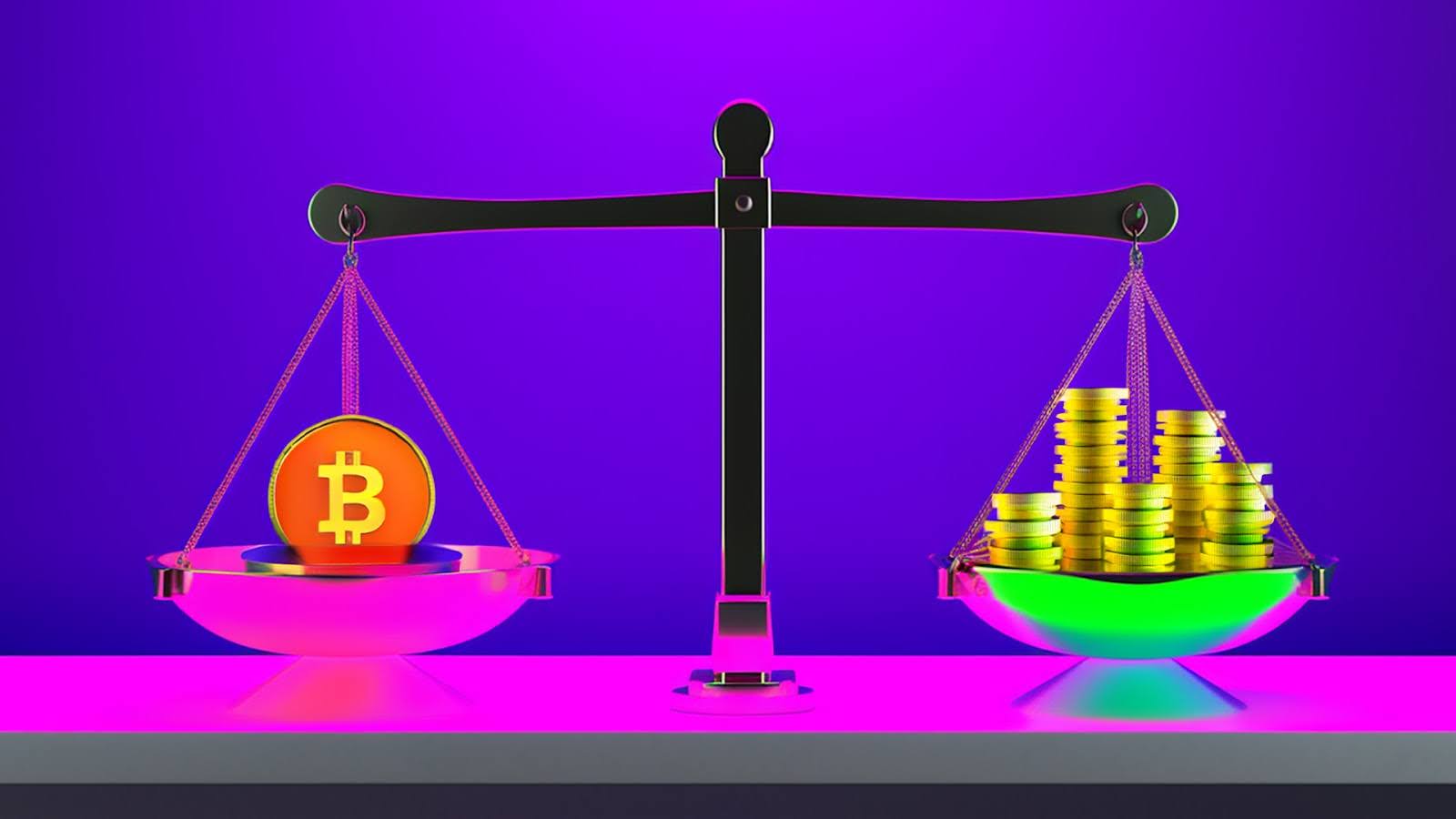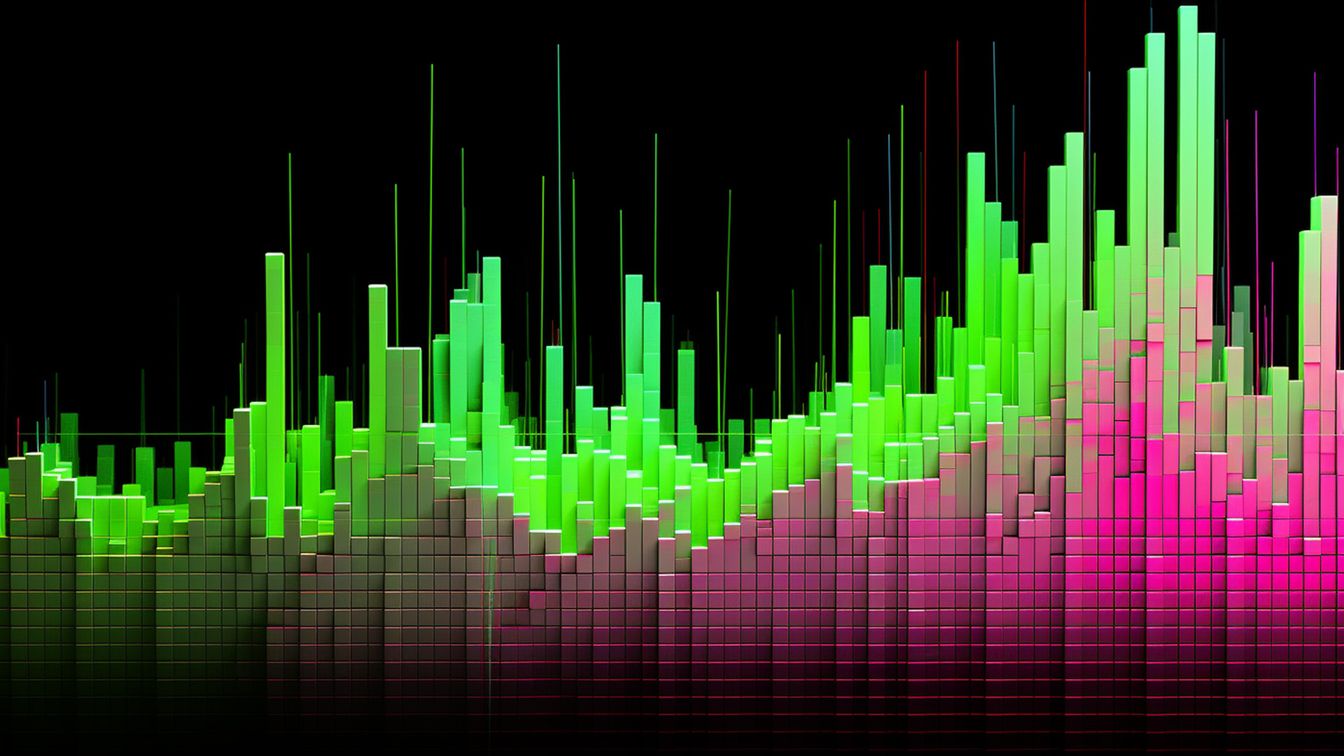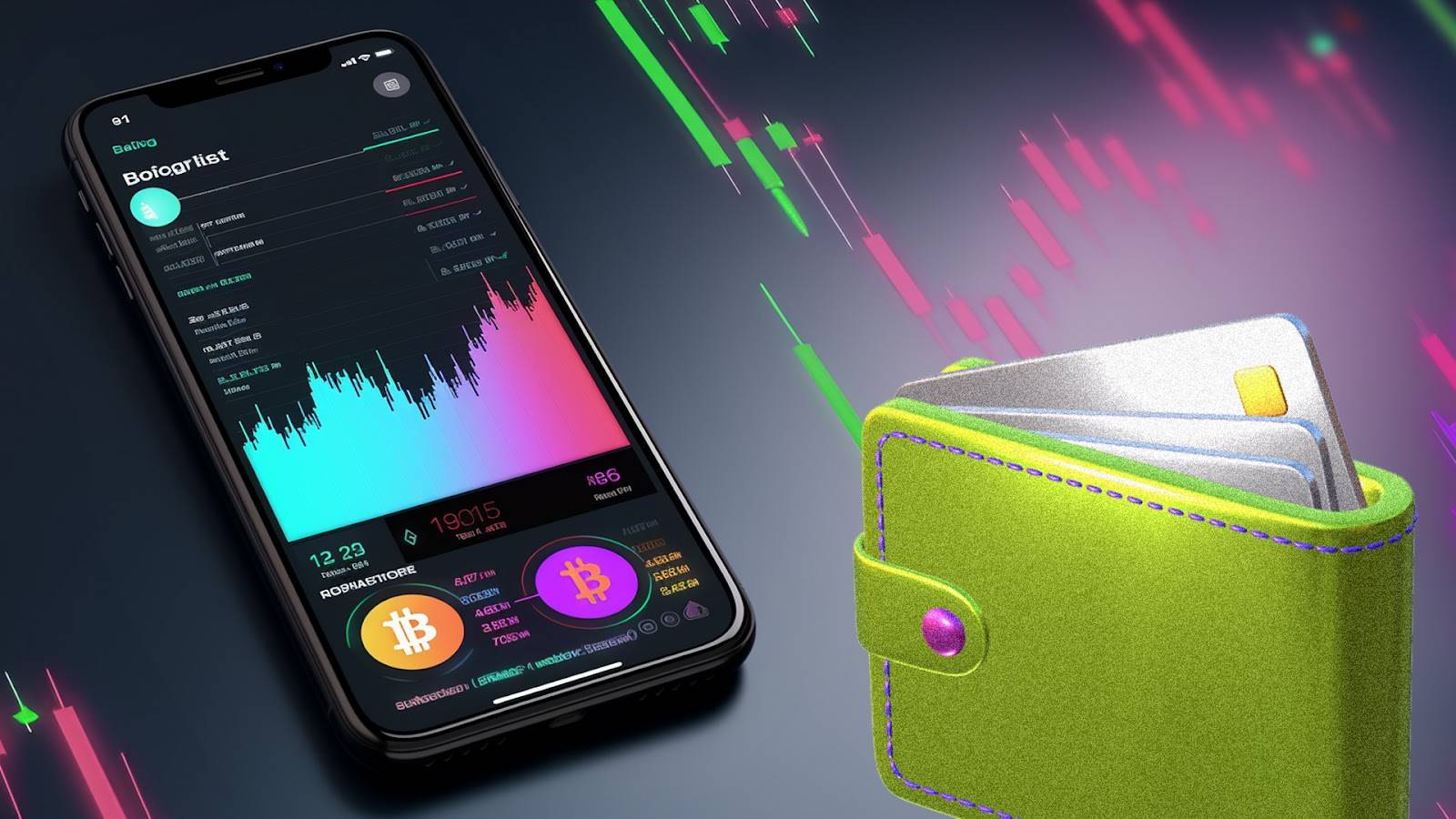
Margin vs Futures
Margin vs Futures trading; both are popular trading options utilised by traders as a way to provide higher returns on their investments.
Cryptocurrencies are volatile and high risk. Finding the right trading strategy is essential to making sure you are successful.
Margin Trading
Margin trading is a practice that involves borrowing funds to potentially enhance returns on an investment.
This strategy enables traders to open positions larger than their current account balance, thus amplifying their exposure to market movements.
However, this also increases risk significantly, as both potential gains and losses are magnified.
Engaging in margin trading is considered high-risk and necessitates a deep understanding of market dynamics alongside a robust risk management practice.
Within margin trading, leverage is a critical component, varying from a conservative 1x to a much riskier 100x or even greater.
The higher the leverage, the greater the risk of substantial losses if the value of the cryptocurrency declines, but conversely, the potential profits are higher if the value increases.
Margin trading is characterised by two primary methods: Cross-margin trading and Isolated margin trading.
-
Cross-margin Trading:
This method involves using the entire balance of the trader’s account to prevent liquidation of positions. Margin is shared across all open positions, allowing a position to draw additional margin from the total account balance as needed to avoid liquidation. However, in cross-margin trading, the trader’s entire account balance is at risk. If a trade goes unfavourably, the trading platform can utilise all available funds in the account to cover the loss, potentially up to the total account balance. -
Isolated Margin Trading:
Isolated margin trading assigns specific funds to a particular position, and its impact is confined to that position alone. If the margin falls below the required maintenance margin, the position faces liquidation. Traders have the flexibility to add or remove funds to prevent this outcome. In isolated margin trading, only a designated portion of the trader’s total capital is risked for each trade, isolating and limiting the potential loss to that specific position.
Margin trading in cryptocurrencies offers the potential for significant returns but comes with an equally significant risk, especially considering the volatile nature of digital assets.
Traders must approach margin trading with caution, understanding the risks involved, ensuring they have adequate knowledge and strategies for risk management.
Futures Trading
Futures trading, a prominent financial strategy, entails the buying and selling of futures contracts.
These contracts represent agreements to purchase or sell an asset at a predetermined price and date in the future.
The essence of futures trading lies in its ability to enable traders to speculate on the future price of an asset without the necessity of owning the asset itself.
This feature makes futures trading a powerful tool for managing risk and leveraging market opportunities.
In the realm of cryptocurrencies, futures trading has gained considerable traction.
The most prevalent form of crypto futures contract is the perpetual contract.
Distinct from traditional futures contracts, perpetual contracts do not have an expiration date. This characteristic allows traders to hold a position for an indefinite period, providing greater flexibility in their trading strategies.
The absence of an expiration date also means that traders can avoid the complexities associated with the settlement of contracts upon expiration.
Conversely, traditional futures contracts come with a defined expiration date. Upon reaching this date, the holder of the contract is obligated to execute the purchase or sale of the underlying asset at the contract's specified price.
For cryptocurrency futures, the settlement is typically done in stablecoins, given the digital nature of the assets.
This approach negates the need to handle the actual transfer of cryptocurrencies, streamlining the settlement process.
Futures trading, especially in the context of cryptocurrencies, offers traders the ability to hedge against market volatility, engage in price speculation, and gain exposure to various cryptocurrencies without directly holding them.
However, traders must understand the risks involved, including the potential for significant losses, especially when leverage is employed.
The use of futures contracts requires careful consideration of market conditions, contract terms, and one’s risk tolerance and investment goals.
Margin vs Futures
In the ongoing debate between margin and futures trading, it's difficult to declare a definitive winner, as each approach has its unique advantages and risks.
Both margin and futures trading are popular strategies that allow traders to potentially amplify profits through leverage, yet this comes with correspondingly increased risks.
Margin trading and futures trading operate in different financial markets.
Margin orders are executed in the spot market, where assets are bought and sold for immediate delivery.
In contrast, futures contracts are traded in the derivative market.
These contracts do not involve immediate trading of the asset; rather, they represent speculation on the future price of the underlying asset.
Margin trading is known for its versatility, supporting a wide array of trading strategies.
This flexibility is partly due to the ability to engage in both cross-margin and isolated-margin trading.
Cross-margin trading allows the use of all funds in the trading account as collateral, which can provide a safety net against liquidation.
Isolated margin trading, on the other hand, limits risk to the margin allocated for a particular position. This versatility makes margin trading appealing for various investment approaches.
Futures trading, conversely, is often utilised for hedging and speculation.
It is generally perceived as a riskier strategy, primarily due to the speculative nature of futures contracts and the potentially significant impact of market movements on contract values.
Futures trading is particularly popular among traders looking to hedge their positions in the spot market or speculate on price movements without the need to own the underlying asset.
It's crucial to note that while both margin and futures trading offer opportunities for high returns, they also carry substantial risks, and there is no guaranteed path to profit.
Traders considering these strategies must have a solid understanding of the market dynamics and risk management.
Understanding your risk tolerance and investment goal is essential before engaging in either margin or futures trading.
This careful consideration ensures that traders choose the strategy best suited to their financial situation and trading objectives.
Final Thoughts
Both strategies offer different ways to approach an investment.
There is no perfect investment strategy, making sure you understand the best way to approach an investment is important to success.
Gains can be increased significantly using margin and futures trading as well as losses.
Margin trading is widely accessible and offers greater flexibility, whereas futures trading is more complex with some exchanges limiting futures trading for users.
FAQ
What Is Margin Trading?
Margin trading involves borrowing funds to increase potential returns on an investment.
What Is Futures Trading?
Futures trading involves buying and selling futures contracts, which are agreements to purchase or sell an asset at a predetermined future data and price.
This allows traders to speculate on the price of an asset without actually owning it.
Want More Cutting-Edge Crypto News?
Follow Us: X TikTok Instagram Telegram LinkedIn
Sign up to our newsletter at the bottom of the page
Check Out Our Top 10 Crypto Currencies of 2023
This article is intended for educational purposes and is not financial advice.

















